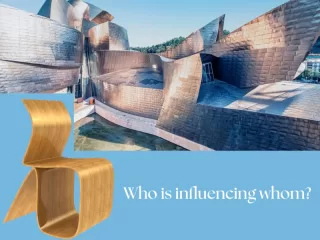Architectural Design Process – Step 3: Construction Documents
Once the design development phase is complete, it’s time to move on to step three in the architectural design process: creating the construction documents. Construction Documents Purpose The construction documents represent the completed design for the project. They are submitted to the city for any required permitting, and the final versions of these documents will











